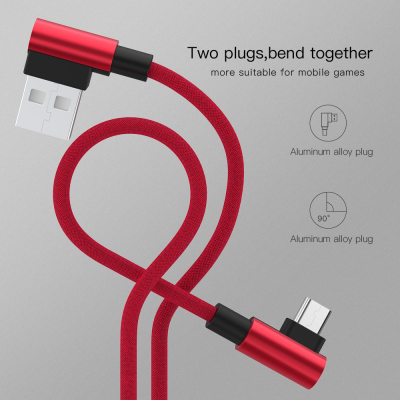USB C to A cables are designed for reliability and performance, but like any technology, they can sometimes encounter issues. Here’s a guide to troubleshooting common problems you might face with these cables:
1. Cable Not Recognized by Device
Possible Causes:
- Faulty Cable: The cable might be damaged or defective.
- Port Issues: The USB port on either device might be damaged or dirty.
- Driver Problems: Outdated or missing drivers on the device can prevent recognition.
Troubleshooting Steps:
- Try Another Cable: Test the devices with a different USB C to A cable to determine if the cable is at fault.
- Inspect and Clean Ports: Check both the USB C and USB A ports for debris or damage. Clean them gently with compressed air or a soft brush.
- Update Drivers: Ensure the latest drivers for your device’s USB ports are installed. Visit the manufacturer’s website for updates.
2. Slow Data Transfer Speeds
Possible Causes:
- Cable Type: Using a USB 2.0 cable instead of a USB 3.0 or 3.1 cable.
- Port Limitations: Connecting to a USB 2.0 port instead of a USB 3.0 or 3.1 port.
- Interference: Electromagnetic interference from other devices can affect speeds.
Troubleshooting Steps:
- Check Cable Specifications: Verify that the cable supports USB 3.0 or higher.
- Use Correct Ports: Ensure you are connecting to USB 3.0 or 3.1 ports on both devices. These ports are often blue or labeled “SS” (SuperSpeed).
- Reduce Interference: Move the cable away from other electronic devices that might cause interference.
3. Charging Issues
Possible Causes:
- Inadequate Power Supply: The power source might not provide sufficient power for fast charging.
- Incompatible Cable: The cable might not support fast charging.
- Device Settings: Power settings on the device might limit charging speed.
Troubleshooting Steps:
- Use a Suitable Charger: Ensure your charger provides adequate power. For fast charging, you might need a charger that supports USB Power Delivery (PD).
- Check Cable Compatibility: Verify that the cable supports the charging speed required by your device.
- Adjust Device Settings: Check your device’s power settings and ensure that any power-saving modes that might limit charging are disabled.
4. Intermittent Connection
Possible Causes:
- Loose Connection: The cable might not be securely connected.
- Cable Damage: The cable might be damaged internally.
- Port Issues: The USB port might be loose or damaged.
Troubleshooting Steps:
- Secure Connections: Ensure that both ends of the cable are firmly connected to the devices.
- Test with Another Cable: Use another cable to see if the issue persists, indicating a problem with the original cable.
- Check Ports: Inspect the USB ports for any signs of damage or looseness.
5. Device Not Charging
Possible Causes:
- Faulty Cable or Charger: The cable or charger might be defective.
- Device Settings: The device might have settings that prevent charging.
- Battery Issues: The device’s battery might be malfunctioning.
Troubleshooting Steps:
- Use Another Charger and Cable: Test with a different charger and cable to isolate the problem.
- Restart Device: Sometimes a simple restart can resolve charging issues.
- Check Battery Health: On some devices, you can check battery health in settings to see if the battery is functioning correctly.
6. Overheating
Possible Causes:
- High Power Draw: High power devices can cause cables and chargers to heat up.
- Poor Cable Quality: Low-quality cables might not handle high power well.
- Environmental Factors: High ambient temperatures can exacerbate heating.
Troubleshooting Steps:
- Use High-Quality Cables: Ensure you’re using cables rated for high power delivery.
- Monitor Charging Sessions: Avoid using your device intensively while charging, as this can increase heat.
- Keep Cool: Charge in a well-ventilated area to help dissipate heat.
Conclusion
By systematically troubleshooting and addressing these common issues, you can ensure that your USB C to A cables perform optimally. Always use high-quality, certified cables and chargers to minimize problems and extend the lifespan of your devices and accessories.







